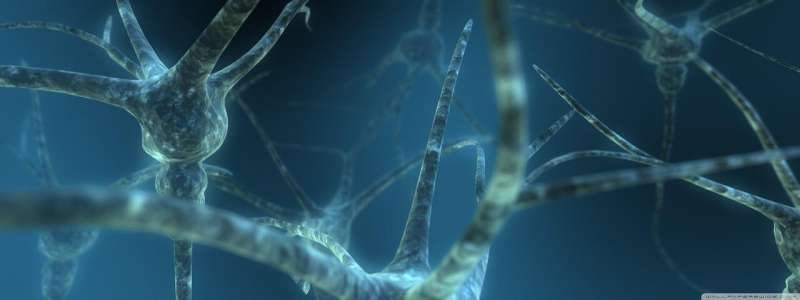February 15, 2022 report
Vessel isolation and nuclei extraction for sequencing used to profile vascular and perivascular brain cell types

A team of researchers from multiple institutions in the U.S. and Germany has developed a way to create a molecular map of the human blood-brain barrier. In their paper published in the journal Nature, the group describes how they created their map and what it revealed about disorders such as Alzheimer's disease. The group has also published a Research Briefing regarding their work in the same journal issue.
As the researchers note, the vasculature system plays a major role in most brain diseases, yet it is still not very well understood. They suggest the reason for this is the lack of a molecular map of the vasculature of the human brain. They note that such a map has not been created due to the difficulty of retrieving cells and nuclei from the brain after a person has died. This is because they tend to become lodged in the basement membrane. In this new effort, the researchers have found a way around this problem to create a molecular atlas of the brain's vasculature in both a healthy state and where the person who died had Alzheimer's disease.
The work by the team involved searching for a way to conduct RNA profiling of nuclei from the brain vasculature system. They began by using several different types of chemicals to retrieve cells from the basement membrane. After multiple unsuccessful attempts, they found they were able to adapt a method that had been used to isolate splenocytes to isolate vascular cells—and also to assist in cleaning up debris related to death in the brain. They have named their process vessel isolation and nuclei extraction for sequencing (VINE-seq). Testing showed it to be very effective in isolating vascular cells.
The researchers then used their process to isolate samples from the hippocampus and the cortex from both people who had died with healthy brains and those who had been afflicted with Alzheimer's disease. In so doing, they found that they were able to obtain 143,793 nuclear transcripts from 15 unique cell types in the two regions of the brain—enough to create an atlas of sorts. In studying the transcripts, they found higher than baseline levels of inflammatory gene expression in vascular cells in the hippocampus compared to those from the cortex, which they note, might help explain why the hippocampus is more vulnerable to age related brain problems than the cortex.
More information: Andrew C. Yang et al, A human brain vascular atlas reveals diverse mediators of Alzheimer's risk, Nature (2022). DOI: 10.1038/s41586-021-04369-3
© 2022 Science X Network



















